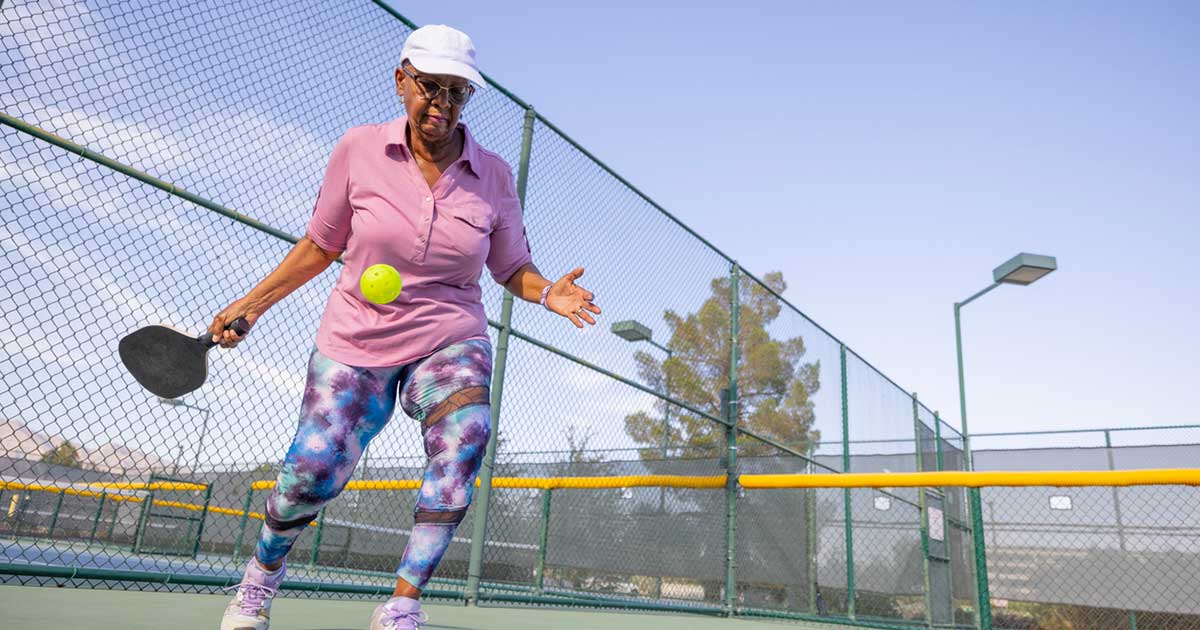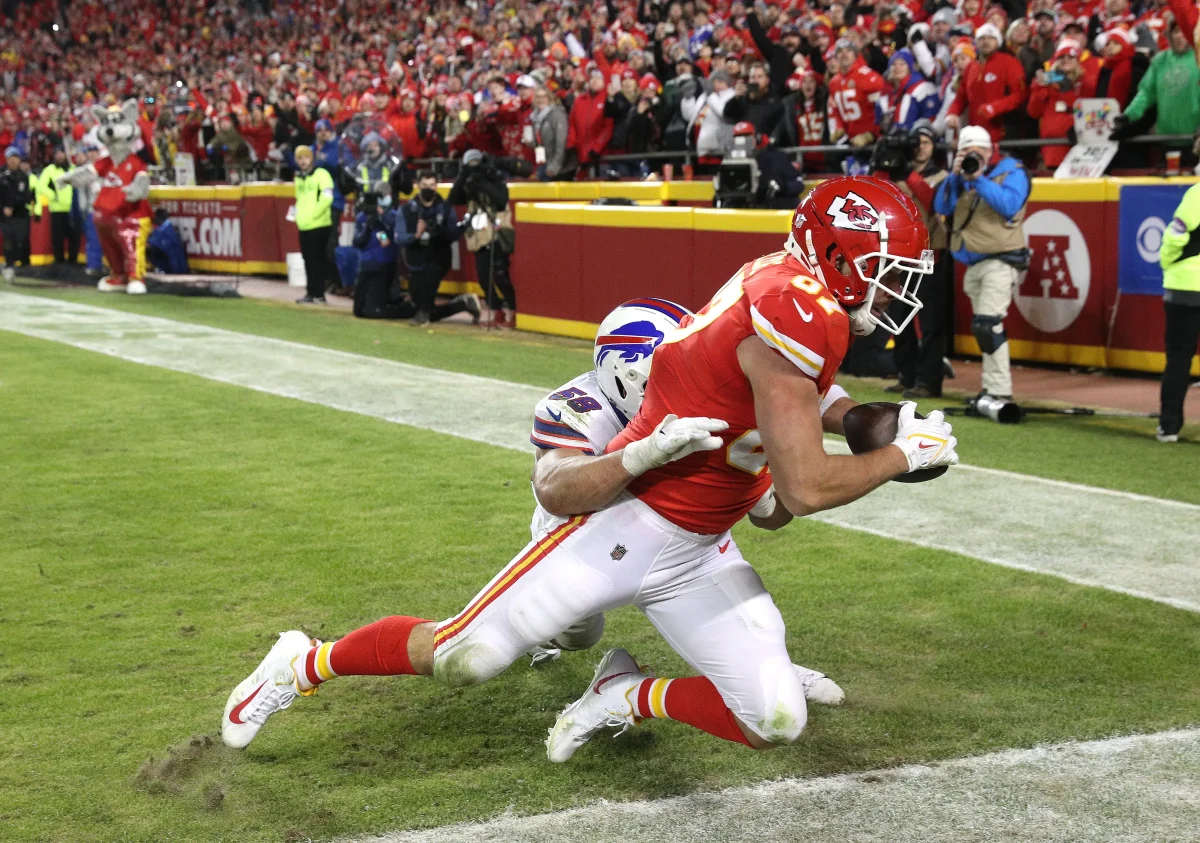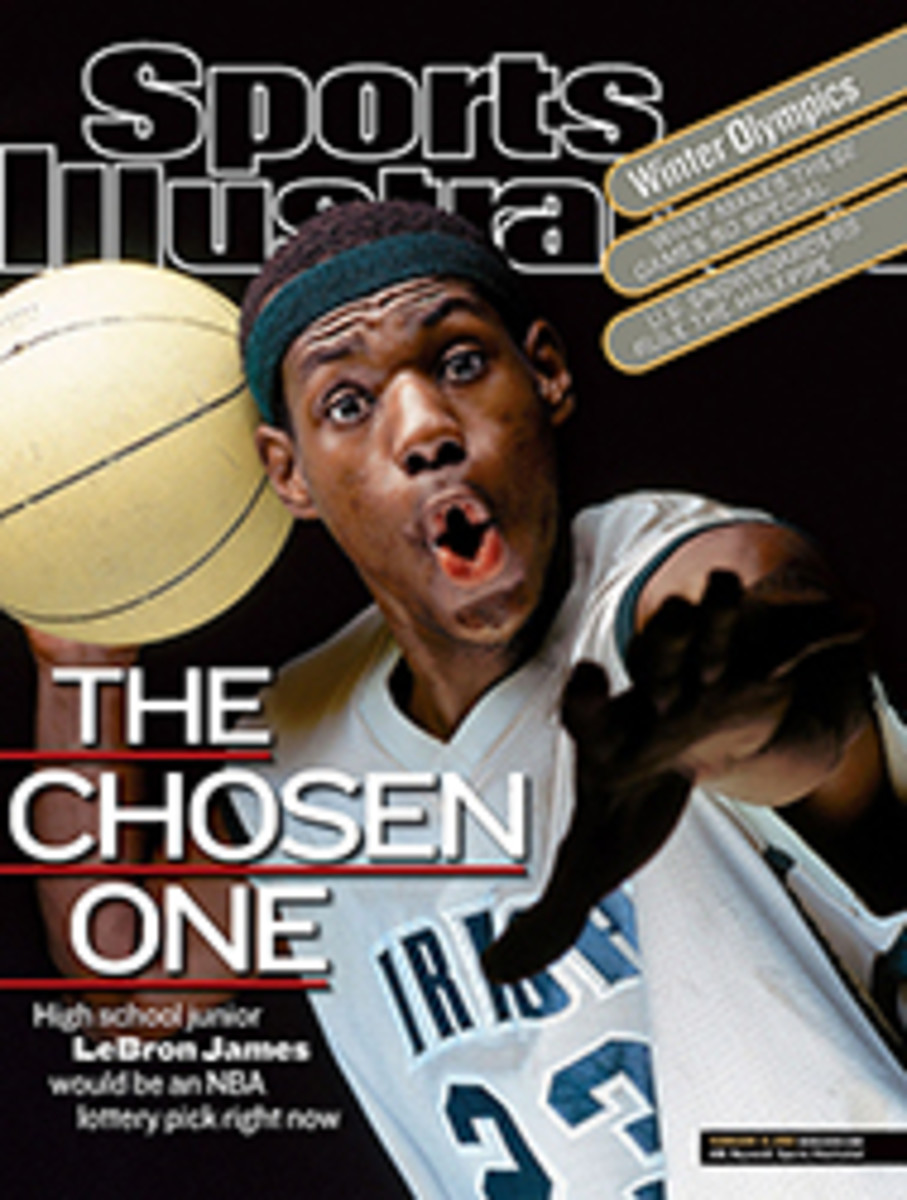The Rise of Pickleball
Pickleball is America’s latest athletic infatuation. The tennis and ping-pong crossover sport, invented in 1965 by Washington Congressman Joel Pritchard, had failed to gain traction in the athletic world – until now. Between 2019 and 2021, the number of active pickleball participants increased by over 40% (which has steadily continued to rise since then), earning the title of one of the most prominent recreational sports in the modern day. Pickleball’s fame is largely attributed to its accessible nature, catering to the athletic abilities of older individuals with more available leisure time.
What is Pickleball?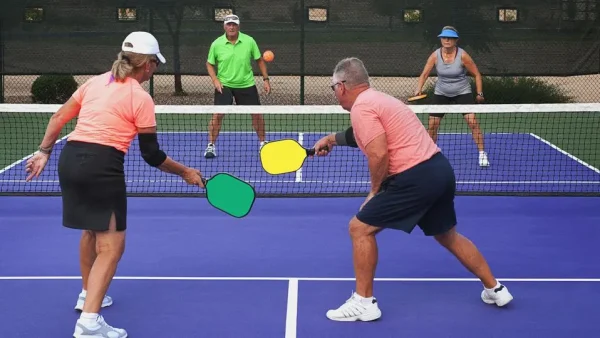
Often referred to as the product of tennis, ping-pong, and badminton, Pickleball is one of the most unique sports to be recognized on a global scale. Played in either doubles or singles fashion, it mimics its more prevalent predecessors. Essentially, it’s smaller-scale tennis: Rather than being played on a full-sized tennis court, the game takes place on a smaller court, much like badminton, reducing the movement necessary to rally the ball. Players utilize plastic paddles and balls during the game, limiting the overall speed at which play takes place. Teams can only hit the ball without allowing it to bounce after two rallies, encouraging more relaxed gameplay than a typical tennis match.
The Pickleball Controversy
The growth of pickleball in competition with athletically rigorous tennis has sparked immense controversy in the sporting community. Primarily, pickleball-antis assert that pickleball is a watered-down version of tennis that both undermines the respectability of the sport and has taken attention away from the tennis community. British tennis player Cameron Norrie articulates such concerns, claiming that pickleball “doesn’t require any special skill,” unlike the inherently intense and active nature of tennis. Those who prefer playing pickleball rather than tennis are often perceived as “invalid” athletes by the sports community as they have opted for the less physically demanding alternative.
Accessibility in Sports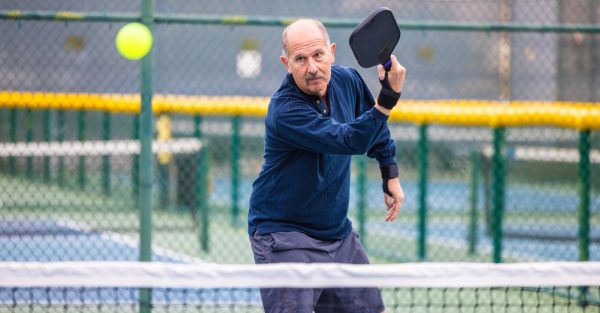
Despite its perceived inferiority in comparison to tennis, pickleball serves as a frontier in the world of modern sports and fitness. Regardless of the intensity at which a sport is played, the primary intention of the activity is universal: to remain physically active and improve one’s health. Oftentimes, prominent sports are innately catered to younger, more fit populations, requiring physical contact or necessitating rapid-paced gameplay. Such frequently leaves older or less athletically gifted individuals without the ability to engage in entertaining and healthy activities; The accessibility of pickleball provides an opportunity for these athletes to fully participate in a sport. With less court space to run and slower volleys, pickleball directly caters to individuals who would otherwise falter in a sporting environment. Pickleball ambassador Jo Bawiec acknowledges and appreciates “the social and competitive aspects of the sport”, capturing the true essence of pickleball: a safe environment for athletes to exercise and connect through an enjoyable and accessible sport.


